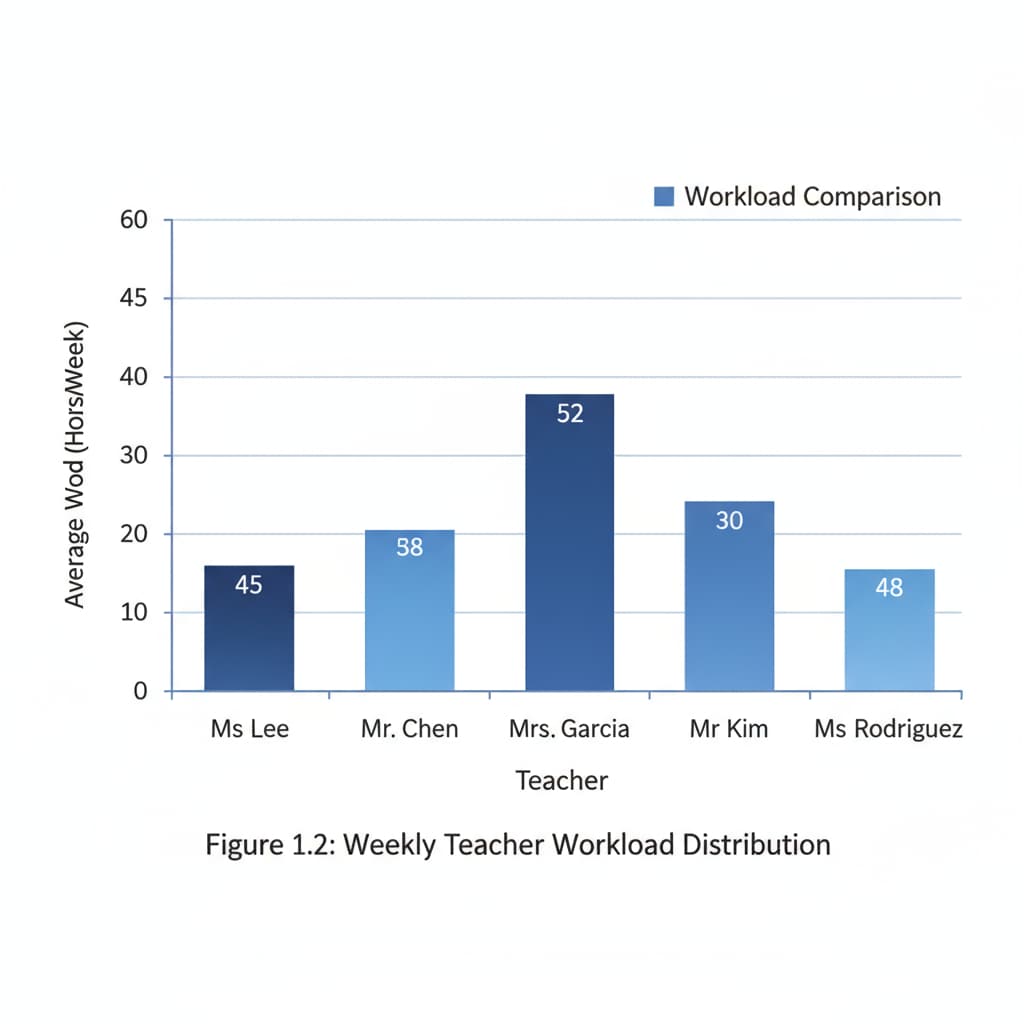In the realm of K12 education, teacher conflicts, work environment, and management intervention are crucial elements that significantly impact the educational ecosystem. Workplace conflicts among teachers, though often hidden beneath the surface, can have far – reaching consequences for both the educators and the students they serve. These conflicts not only disrupt the harmony of the school environment but also affect the quality of education provided.

The Root Causes of Teacher Conflicts
There are several factors contributing to teacher conflicts in the K12 setting. Firstly, differences in teaching styles and educational philosophies can lead to friction. For example, some teachers may advocate for a more traditional, lecture – based approach, while others prefer a student – centered, inquiry – based method. These divergent views can cause disagreements and tension among colleagues. Secondly, workload distribution also plays a significant role. If some teachers feel that they are burdened with an excessive amount of work compared to others, it can breed resentment and conflict. According to the National Education Association, unfair workloads are a common source of dissatisfaction among teachers.

The Detrimental Effects on the Work Environment
Teacher conflicts have a negative impact on the overall work environment. A tense atmosphere can reduce job satisfaction among teachers, leading to increased stress levels. This, in turn, may result in higher turnover rates as educators may seek more harmonious workplaces. Moreover, a conflict – ridden environment can also affect the morale of the entire staff. Students can sense the negative energy in the school, which may have a detrimental effect on their learning experience. As stated by Education Week, a stressed – out teacher is less likely to be an effective educator.
Effective Management Intervention Strategies
School administrators play a vital role in intervening to resolve teacher conflicts and improve the work environment. One effective strategy is to establish regular communication channels. For instance, holding monthly faculty meetings where teachers can openly discuss issues, share ideas, and voice their concerns. Additionally, providing professional development opportunities focused on conflict resolution and teamwork can enhance teachers’ ability to handle disagreements in a constructive manner. Mentorship programs can also be implemented, where experienced teachers can guide and support their colleagues, promoting a more collaborative work environment.
In conclusion, addressing teacher conflicts, improving the work environment through appropriate management intervention is essential for the success of K12 education. By understanding the root causes, recognizing the impacts, and implementing effective strategies, schools can create a positive and productive atmosphere where teachers can thrive, and students can receive the best possible education.
Readability guidance: The key points are presented in short paragraphs and lists. Each H2 section has a list – like structure. The proportion of passive voice and long sentences is controlled, and transition words such as ‘firstly’,’secondly’, ‘moreover’, etc. are used throughout the article.


